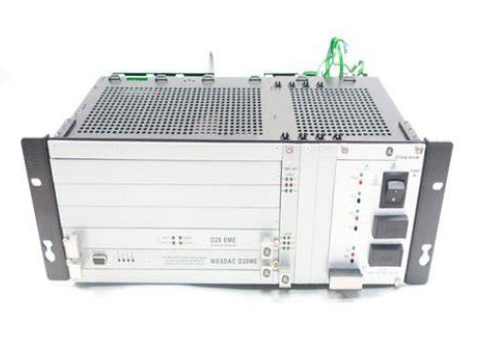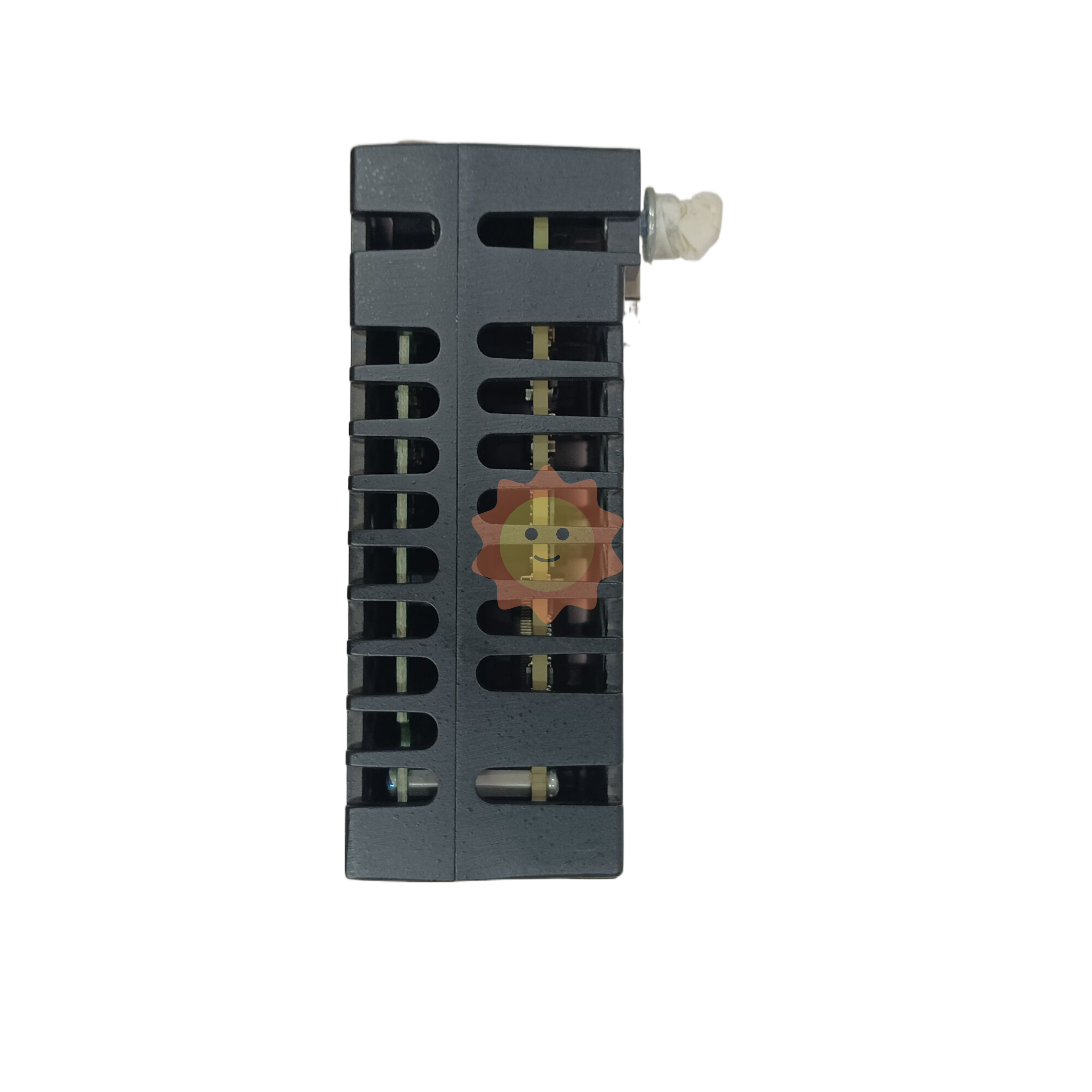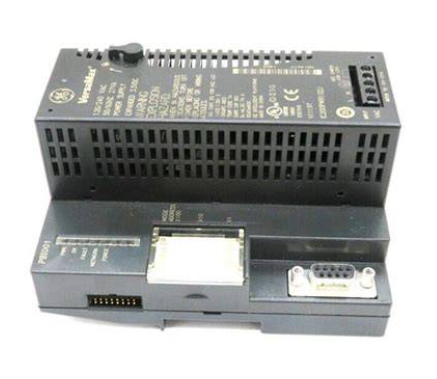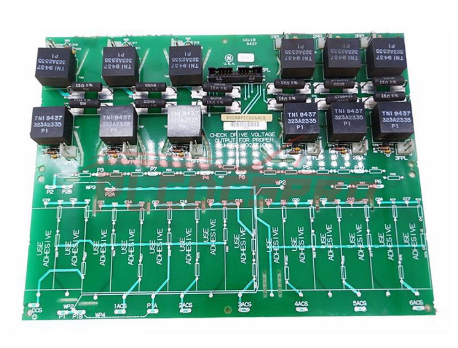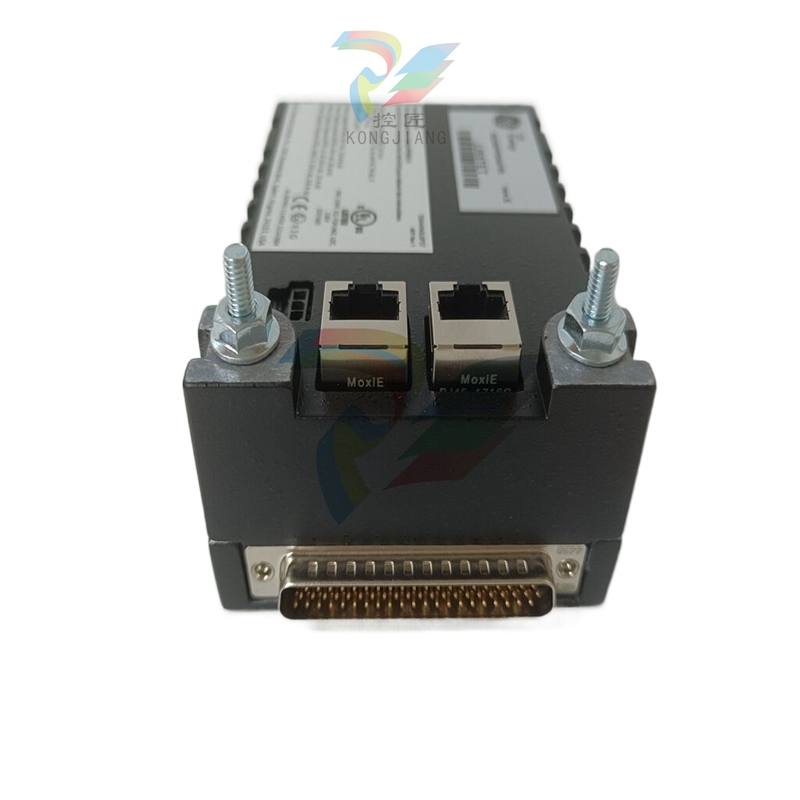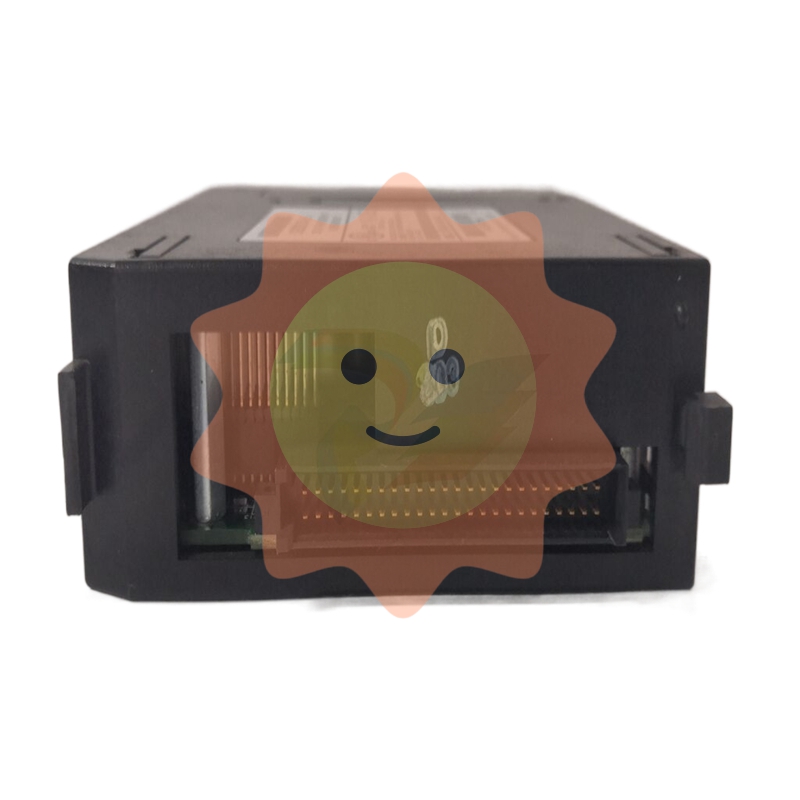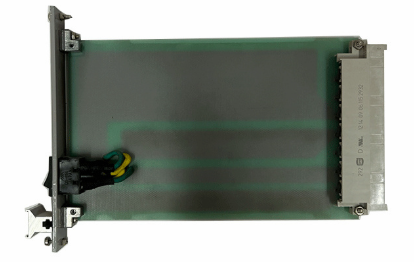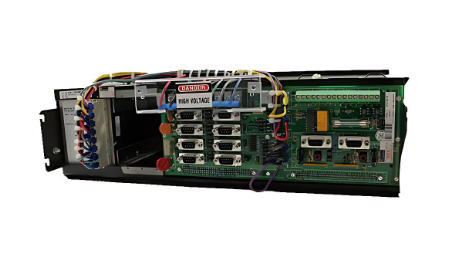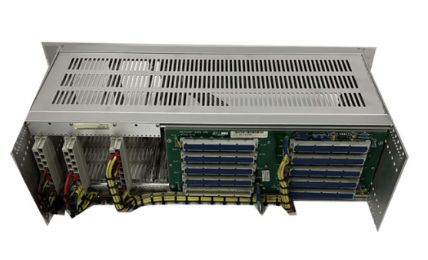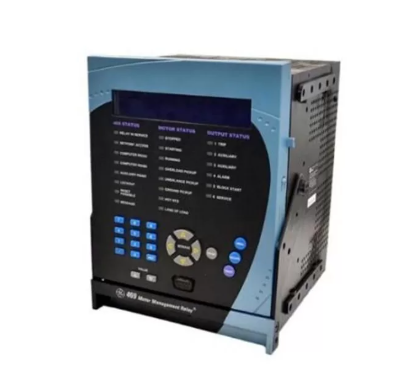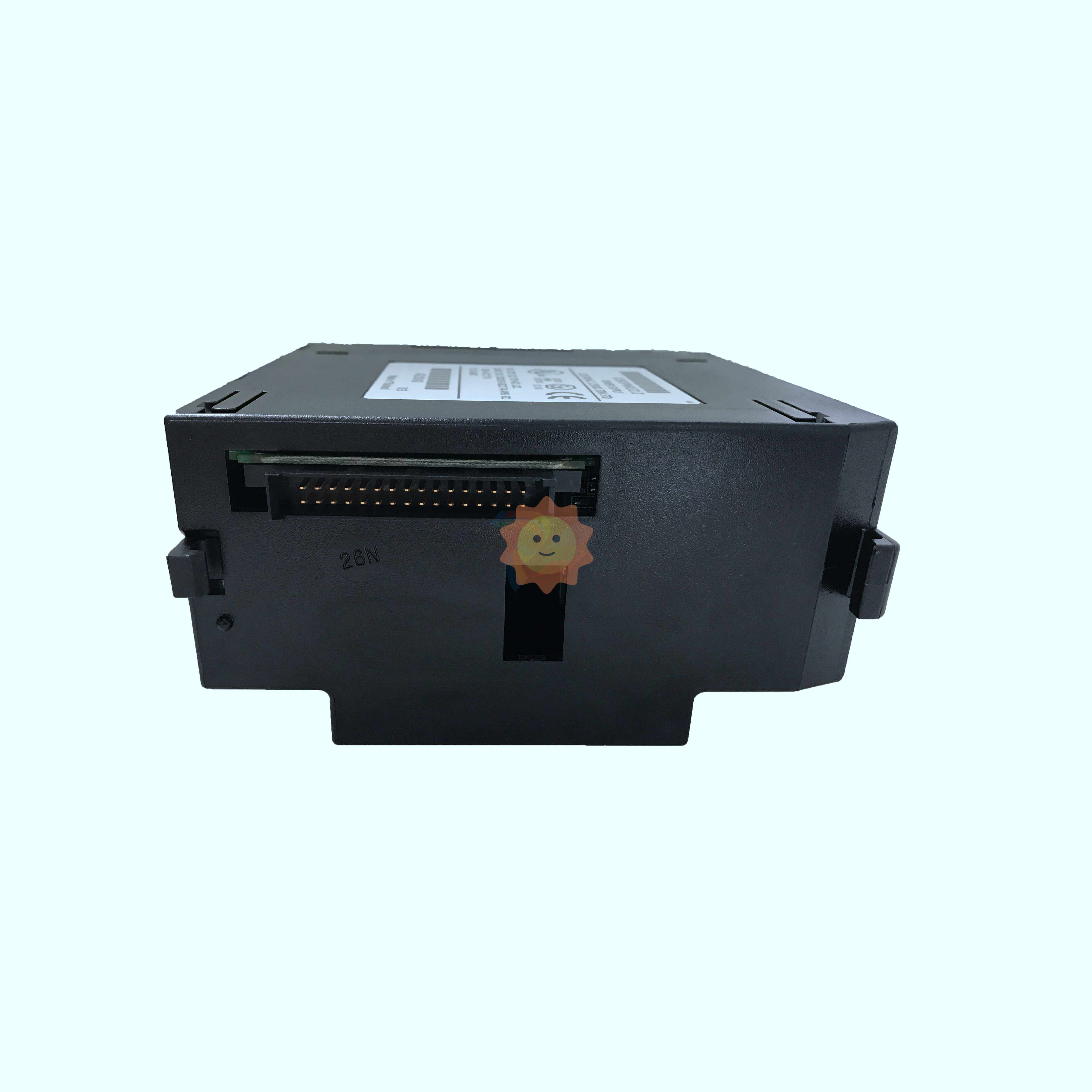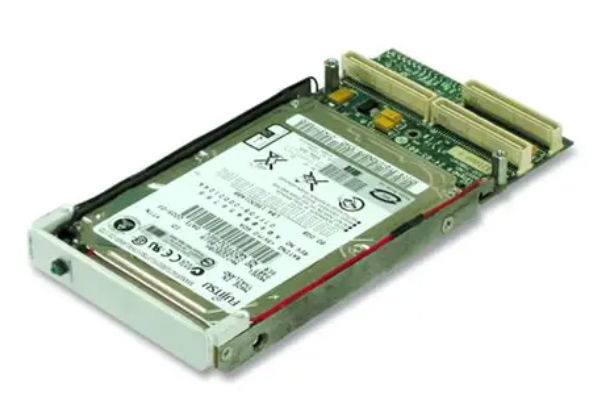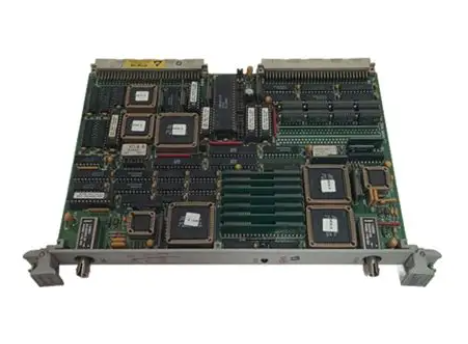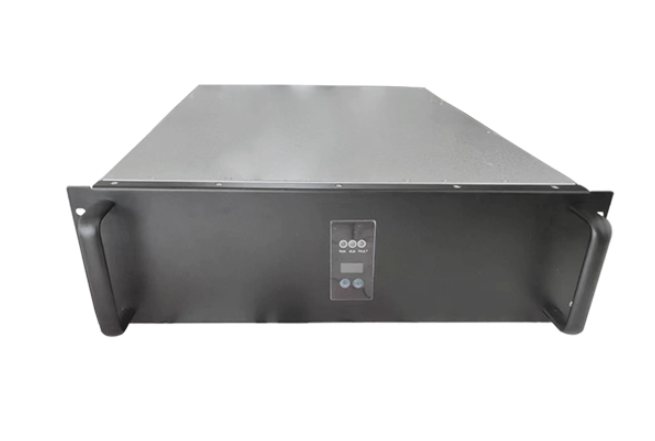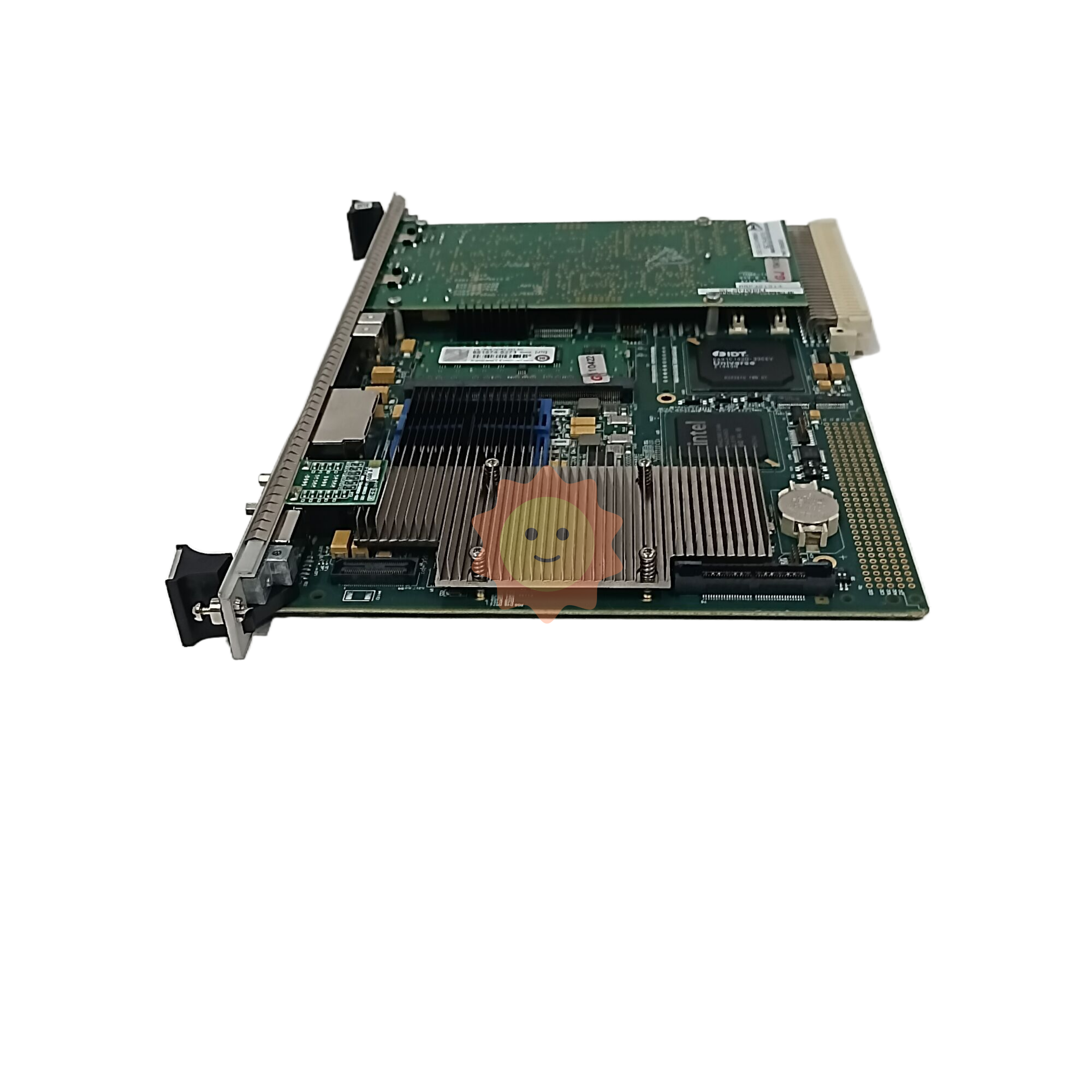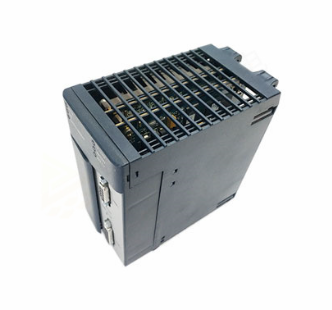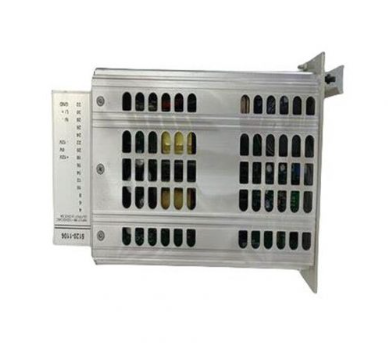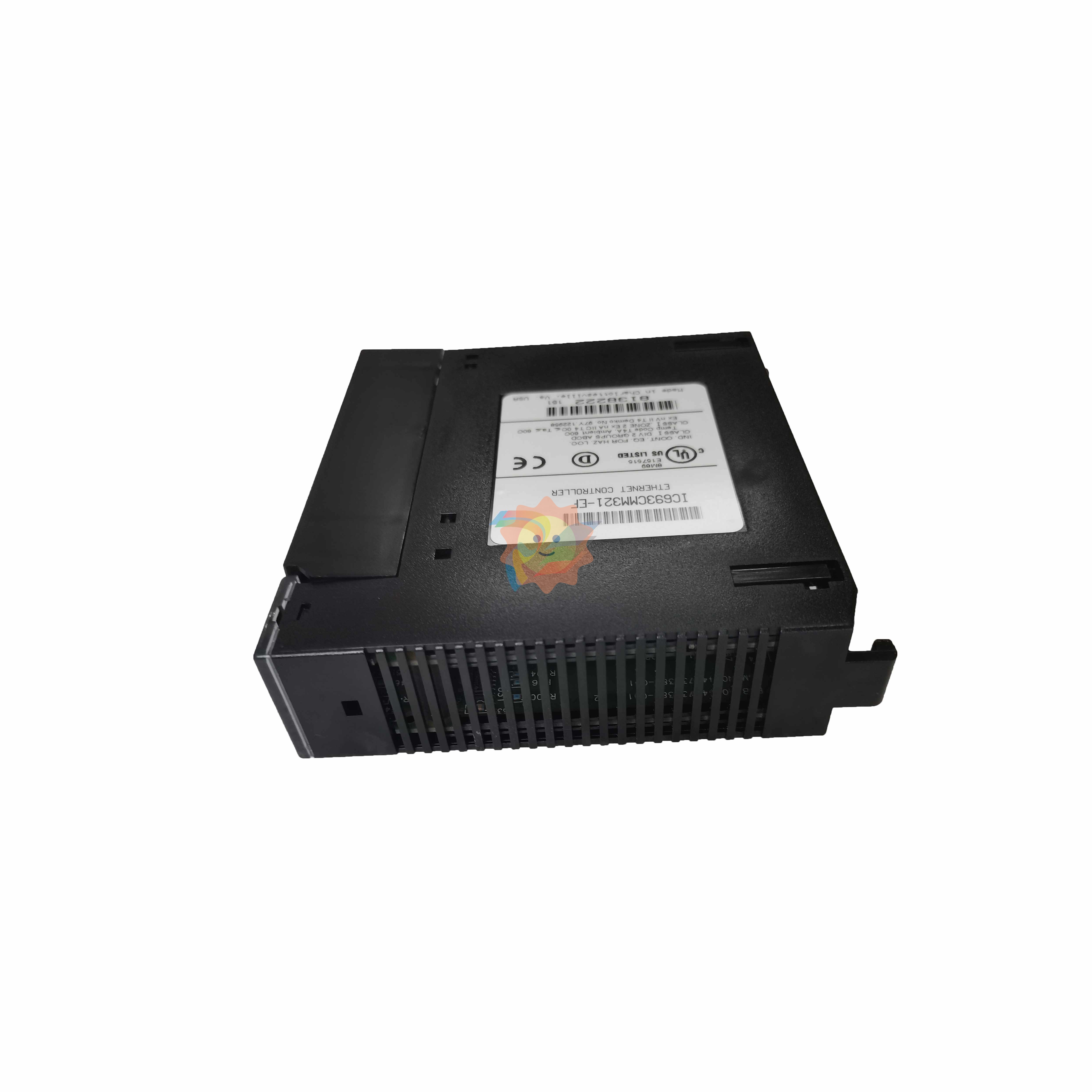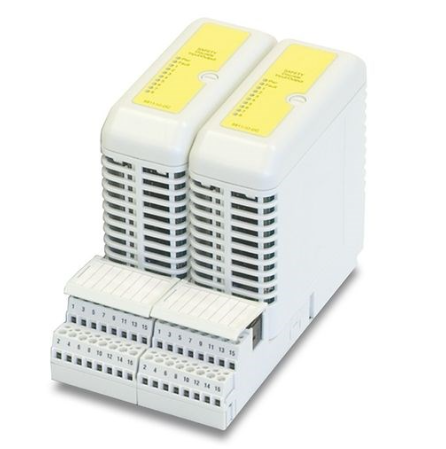ABB 3BHE027632R0101 Exciter Control Controller Module
ABB 3BHE027632R0101 Exciter Control Controller Module
Product Overview
The ABB 3BHE027632R0101 excitation control controller module is a core component used for precise control of excitation systems in power systems and various industrial drive equipment. It is mainly responsible for precise regulation of the excitation current of generators and other equipment. By monitoring the operating parameters of the generator, such as voltage, frequency, load, etc., it adjusts the excitation output in real time according to established control strategies to ensure that the generator maintains stable output voltage and frequency, and guarantees the reliability and stability of the power system. This module, with advanced design concepts, high reliability hardware architecture, and efficient control algorithms, is widely applicable to various power generation scenarios, from traditional thermal power generation and hydropower generation to emerging wind power generation, photovoltaic power generation, etc., playing a key role in the entire energy field.
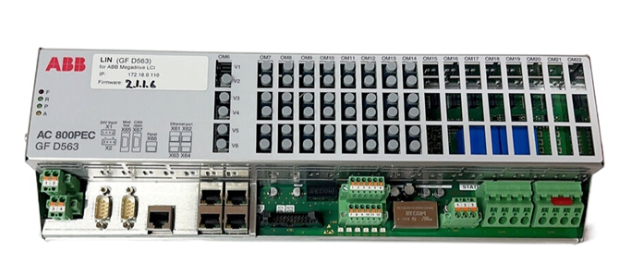
Specification parameters
Input voltage range: 180-264V AC (wide voltage input, suitable for different power grid environments)
Control accuracy: Voltage control accuracy: ± 0.5%; Frequency control accuracy: ± 0.1Hz (ensuring stability and high quality of generator output)
Communication interface: Supports multiple industrial standard communication protocols such as Modbus RTU and Ethernet/IP, making it easy to integrate with the upper control system
Working temperature range: -20 ℃ to+60 ℃ (suitable for a wide range of environmental temperatures and can operate stably under different climatic conditions)
Storage temperature range: -40 ℃ to+85 ℃ (to ensure that the performance of the module is not affected during long-term storage or transportation)
Protection level: IP20 (suitable for indoor control cabinet installation environment, effectively dustproof)
Core functions
Accurate regulation of excitation current: Based on the real-time operating conditions of the generator, the excitation current is quickly and accurately adjusted to maintain the stability of the generator terminal voltage. It can also respond quickly in complex working conditions such as load changes, ensuring smooth power output.
Operation status monitoring: Continuously monitor key parameters such as voltage, frequency, current, and power factor of the generator. Through built-in high-precision sensors and signal processing circuits, the collected analog signals are converted into digital signals for real-time analysis and processing.
Fault diagnosis and protection: With comprehensive fault diagnosis functions, it can detect the operation status of the module itself and the excitation system in real time. Once abnormal conditions such as overcurrent, overvoltage, undervoltage, overheating, etc. are detected, the protection mechanism is immediately triggered to cut off the abnormal circuit. At the same time, detailed fault information is sent to the upper control system through the communication interface, which facilitates maintenance personnel to quickly locate and eliminate faults, effectively improving the reliability and safety of the system.
Communication and Remote Control: Supports multiple industrial standard communication protocols, allowing for easy data exchange with upper control systems (such as DCS, PLC, etc.) to achieve remote monitoring and control. Operators can perform parameter settings, operation status queries, and fault diagnosis on modules through remote terminals, greatly improving the system's operational efficiency and management convenience.
Precautions
Installation environment requirements: It should be installed in a well ventilated, dry, and non corrosive indoor environment, avoiding direct sunlight and strong electromagnetic interference. The installation location should be far away from strong electromagnetic radiation sources such as large motors and transformers, while ensuring a stable installation platform to prevent module damage due to vibration.
Power connection: It is necessary to strictly connect the input power supply according to the module identification, ensure that the power supply voltage is within the specified range (180-264V AC), and use a suitable specification of power cord to prevent the power cord from being too thin and causing a large voltage drop that affects the normal operation of the module. At the same time, it is recommended to install overvoltage and overcurrent protection devices at the power input end to prevent abnormal power supply impact from damaging the module.
Communication settings: When establishing a communication connection, carefully check the communication protocol, baud rate, data bits, stop bits, and other parameter settings to ensure consistency with the upper control system, in order to avoid communication failures. Communication cables should use shielded twisted pair cables and be properly grounded to reduce signal interference.
Maintenance: Regularly clean the module to prevent dust accumulation from affecting heat dissipation and electrical performance. Regularly check whether the wiring terminals of the module are loose to ensure reliable connection. During maintenance, it is necessary to cut off the power supply first to avoid safety accidents caused by live operation. If a module malfunction is found, professional technicians should be contacted in a timely manner for repair, and the module should not be disassembled without authorization.
- EMERSON
- Honeywell
- CTI
- Rolls-Royce
- General Electric
- Woodward
- Yaskawa
- xYCOM
- Motorola
- Siemens
- Rockwell
- ABB
- B&R
- HIMA
- Construction site
- electricity
- Automobile market
- PLC
- DCS
- Motor drivers
- VSD
- Implications
- cement
- CO2
- CEM
- methane
- Artificial intelligence
- Titanic
- Solar energy
- Hydrogen fuel cell
- Hydrogen and fuel cells
- Hydrogen and oxygen fuel cells
- tyre
- Chemical fiber
- dynamo
- corpuscle
- Pulp and paper
- printing
- fossil
- FANUC
- Food and beverage
- Life science
- Sewage treatment
- Personal care
- electricity
- boats
- infrastructure
- Automobile industry
- metallurgy
- Nuclear power generation
- Geothermal power generation
- Water and wastewater
- Infrastructure construction
- Mine hazard
- steel
- papermaking
- Natural gas industry
- Infrastructure construction
- Power and energy
- Rubber and plastic
- Renewable energy
- pharmacy
- mining
- Plastic industry
- Schneider
- Kongsberg
- NI
- Wind energy
- International petroleum
- International new energy network
- gas
- WATLOW
- ProSoft
- SEW
- wind
- ADVANCED
- Reliance
- YOKOGAWA
- TRICONEX
- FOXBORO
- METSO
- MAN
- Advantest
- ADVANCED
- ALSTOM
- Control Wave
- AB
- AMAT
- STUDER
- KONGSBERG
- MOTOROLA
- DANAHER MOTION
- Bently
- Galil
- EATON
- MOLEX
- Triconex
- DEIF
- B&W
- ZYGO
- Aerotech
- DANFOSS
- KOLLMORGEN
- Beijer
- Endress+Hauser
- MOOG
- KB
- Moxa
- Rexroth
- YAMAHA
- Johnson
- Westinghouse
- WAGO
- TOSHIBA
- TEKTRONIX


Email:wang@kongjiangauto.com











































































